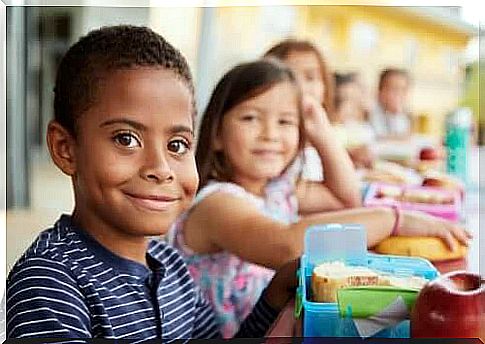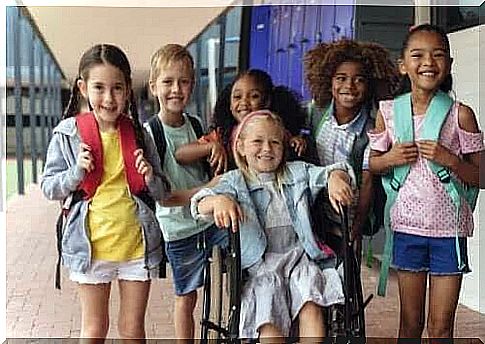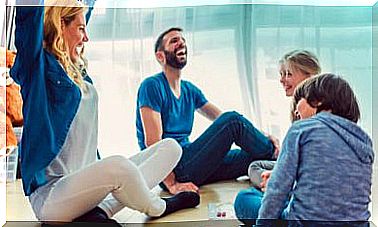The Sample Between Students In School

Establishing social relationships with peers during childhood and adolescence is the key to optimal and balanced development. Therefore, it is extremely important for the school to encourage healthy and respectful interactions between students. In doing so, they maximize their students’ social, cognitive, and linguistic abilities.
In other words, educational institutions must create spaces that enable collaboration between students. When this is the case, the interaction between students becomes an active resource in the learning process.
Children then grow up in a varied climate that promotes the following values:
- Acceptance
- Respect
- Integration
- Equality
The social interaction between students in academic environments
- Individualistic learning. The goals are individual, which means that the work of others does not affect a student’s personal goals. In these cases, each student receives a personal reward for their own achievement. The results that other classmates get have no influence on each individual student’s results.
- Competitive learning. All students strive for the same goal, but one student’s success depends on another’s failure to achieve those goals. In other words, the learning process is exclusive. One student gets the maximum reward while everyone else in the class gets worse results.
- Cooperative learning. Schools set collective goals that all students can achieve. In this way, the whole group benefits and gets a profit for the results they get.
The best way to encourage interaction between students is to apply the cooperative learning structure. At the same time, this means that we must try to take a step away from the individualistic and competitive academic structures in more traditional academic environments. Therefore, teachers must organize their classes so that teaching falls on both teachers and students.
Form heterogeneous groups for interaction
Collaborative interactions between students lead to improvements in the following aspects:
- Cohesion within the group.
- Harmony – the ability to get along with each other.
- Teamwork.
But for this to happen, the groups created for collaboration should be:
- Sm: Maximum three to five students per group.
- Heterogeneous : Groups should include students with different abilities, motivations, needs, etc.

It is important to point out that a mix of boys and girls in these groups is required. At the same time, teachers should evaluate possible compatibilities and incompatibilities that exist among classmates.
When teachers take these considerations into account, they can then divide their students into three subgroups:
- Those who have a greater ability to help others.
- Those who need more help to complete school work.
- The rest of the class.
When teachers form groups, they should include at least one student from each of these subgroups in each work group.
For example, let’s say a teacher decides to create a team of four students. Ideally, this team would consist of a student who can help others and one who needs more help. The remaining team members would have more average academic abilities.
In this way, not only do classmates gain new academic knowledge and skills, but they also acquire the ability to socialize and interact with all types of people… including those who are different from themselves.









